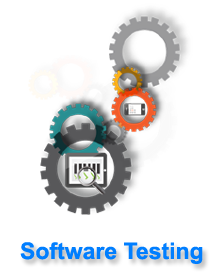Levels of Software Testing
Levels of Software Testing
There are generally four recognized levels of testing: unit/component testing, integration testing, system testing, and acceptance testing.
Software Testing is an activity performed to identify errors so that errors can be removed to obtain a product with greater quality. To assure and maintain the quality of software and to represents the ultimate review of specification, design, and coding, Software testing is required. There are different levels of testing

In Software development, both developers and testers work together to release a high-quality product. To release a high-quality product, every product goes through various testing processes. Coming to testing, testers use various levels of testing in the process of releasing a quality product. There are different levels of software testing. Each of these levels of software testing has a specific purpose. We will see each software testing level in detail.

Levels of Testing
There are mainly four Levels of Testing in software testing
- Unit Testing: Checks if software components are fulfilling functionalities or not.
- Integration Testing: Checks the data flow from one module to other modules.
- System Testing: Evaluates both functional and non-functional needs for the testing.
- Acceptance Testing: Checks the requirements of a specification or contract are met as per its delivery.

